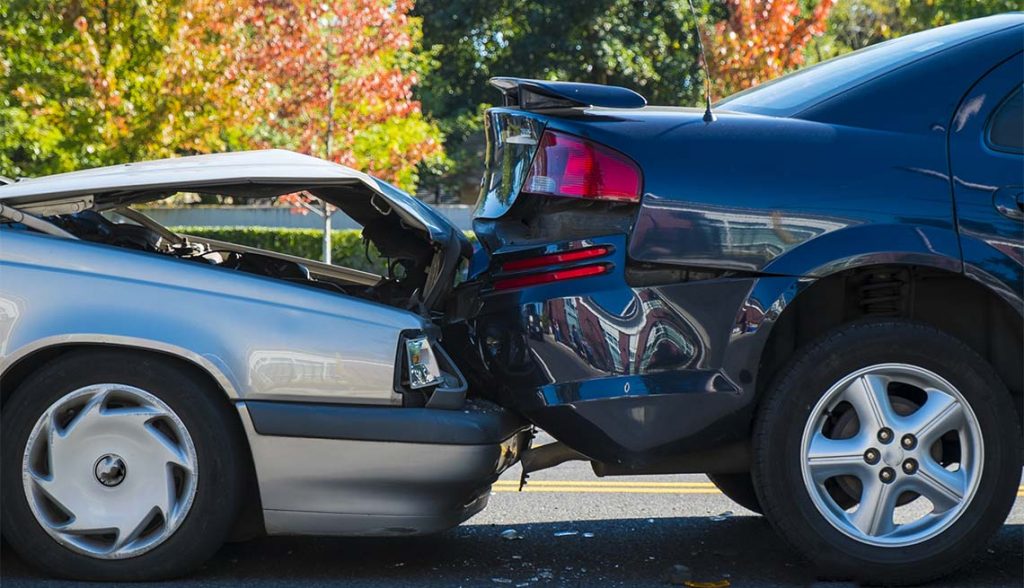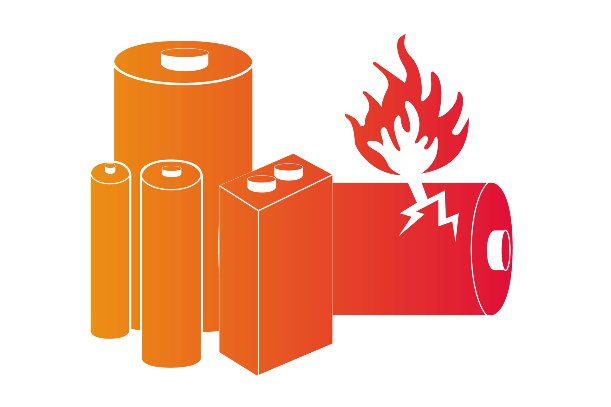
Lithium-ion batteries are becoming more and more popular as powerful, lightweight, and multi-functional energy storage solutions. But with all these benefits comes some rare but potentially serious risks-we are talking about lithium-ion battery piercing.
You may have heard scary stories about battery-related fires, so if you have an accident and damage the lithium battery, what should you do? We are breaking down the most important things to ensure safety.
What is the danger of a lithium ion battery puncture
There is no doubt it is very dangerous for lithium-ion batteries to be punctured. The risks are twofold, with different causes and effects. Users of lithium-ion batteries need to understand both.
Fire and burning
In some cases, a lithium ion battery puncture can cause a serious fire. Strong electrolytes can leak through the pores, usually resulting in a chemical reaction that releases heat. Then, this heat will damage other batteries, resulting in a chain damage reaction.
This process is called thermal runaway. This is a self-reinforcing cycle that may cause battery fire or other burning events.
Dangerous smoke
When electrolyte chemicals react with air and each other, they can also produce potentially dangerous fumes. These include the deadly carbon monoxide or hydrofluoric acid, which can irritate the skin several hours after exposure.
Although not as obvious as fires, they can also pose a life-threatening risk to those who breathe these fumes.

The danger of lead-acid battery punctures
Although people often refer to the danger of lithium battery puncture as a disadvantage of this technology, a similar danger exists for lead-acid battery puncture.
Even with sealed lead-acid batteries, punctures almost always cause acid leakage. These acid leaks can cause acid burns, corrosion, and equipment damage.
If the puncture is severe, the lead plates will touch each other and cause an internal short circuit in the battery. This almost always causes the battery to start overheating. This in turn can cause the battery itself to catch fire or start to boil flammable hydrogen sulfide gas.
Therefore, no matter what type of battery you are using, take piercing seriously immediately.
No matter which type of battery you use, accidents and punctures are not ideal.
What types of lithium batteries are puncture resistant
However, not all batteries have the same level of puncture risk. The lithium chemistry used and its structure determine the puncture resistance.
There are six main types of lithium-ion batteries, among which lithium iron phosphate (LiFePO4) is considered the safest one. This is due to its low resistance and high thermal runaway threshold, which is inherently safe and highly stable.
But even with the safest chemical composition, not all lithium batteries are manufactured in the same way. There are three main types of LiFePO4 lithium-ion battery structures: cylindrical, prismatic, and pouch cells.
Pouch cells are most easily pierced. In these batteries, the anode, cathode, and other battery components are placed in a flexible foil bag. Naturally, this provides them with relatively little protection against punctures.
Prism lithium-ion batteries provide an extra layer of protection. Here, the hard plastic or metal casing shields the battery components. Nevertheless, due to their large and flat surface area, piercing them is relatively easy, especially in models with thinner shells.
Cylindrical batteries are similar to typical batteries you buy in a store. The anode and cathode are in sheet form, rolled together, and packaged into a metal cylinder. This hard shell-like coating and unique battery shape make it more difficult to pierce than prismatic or pouch-shaped batteries.
However, please note that all lithium batteries are subject to puncture under appropriate conditions; there is no “puncture-proof” battery.
Cylindrical cells are the most puncture-resistant cell type.
What if your lithium battery is punctured
If the lithium battery is damaged in an accident, evaluate the situation immediately and always proceed with caution.
If you do not know the chemical composition and battery type of the battery, please find out the answer as soon as possible. The correct course of action after a lithium-ion battery is punctured depends on the type of battery you are using.
If you puncture a pouch or prismatic lithium-ion battery, please act quickly. You must leave immediately because these types can easily catch fire. If possible, please notify the fire department. If there is no fire after 24 hours, or you have installed a small piece, you can safely remove the battery from the electrical system.
If you punctured the cylindrical battery in some way, proceed with caution, but this is a less serious emergency. Remove the punctured cylindrical battery from the electrical system as soon as possible and place it in a place where the fire will not spread to prevent it from igniting. Call your local fire department for advice on how to proceed.
In both cases, you must comply with any local, state, or federal laws that may apply when handling punctured or damaged lithium-ion batteries.
Can you put out lithium-ion battery fires?
You may want to put out a lithium battery fire with water. However, this is a bad idea. Water can overreact, produce toxic gas, and ignite and intensify the fire.
After discovering an active or potential lithium-ion battery catching fire, your first step is to keep you and your loved ones safe. If feasible, try to extinguish lithium-ion battery fires. You need to use a standard ABC or dry powder fire extinguisher-not a Class D fire extinguisher for flammable metal fires.
If the fire is small and you spot it early, you can probably put it out yourself. However, don’t put yourself in danger and know when to call a professional.

How to safely dispose of perforated lithium-ion batteries
Let’s start with the first thing you shouldn’t do, which is thrown your battery in the trash can or recycle it. As we mentioned, a lithium ion battery puncture can cause a serious fire or dangerous smoke, and simply placing it with other waste can cause disaster.
In addition, even if your battery is not severely damaged at first, it may be severely damaged during garbage collection and transportation. This puts others in danger.
If it is safe and feasible, the best way is to check the handling instructions of the device or the battery itself. If not, please contact the manufacturer for instructions on disposing of the battery. They may direct you to a local, state, or federal official or center that can determine the best course of action.
Although you may have heard of special battery or hazardous waste recycling centers, it is best to check with officials before discarding them. Not all batteries accept damaged batteries.
Conclusion
Although a lithium ion battery puncture is an ever-present risk, the threat to your safety is usually small compared to the many benefits of this useful technology. By choosing the right batteries and installing and disposing of them correctly, you can prevent many serious accidents from the start.
Still, just remember these simple guidelines to help you survive any potential fire unscathed. With this knowledge in the armory, you can use lithium batteries with confidence.

